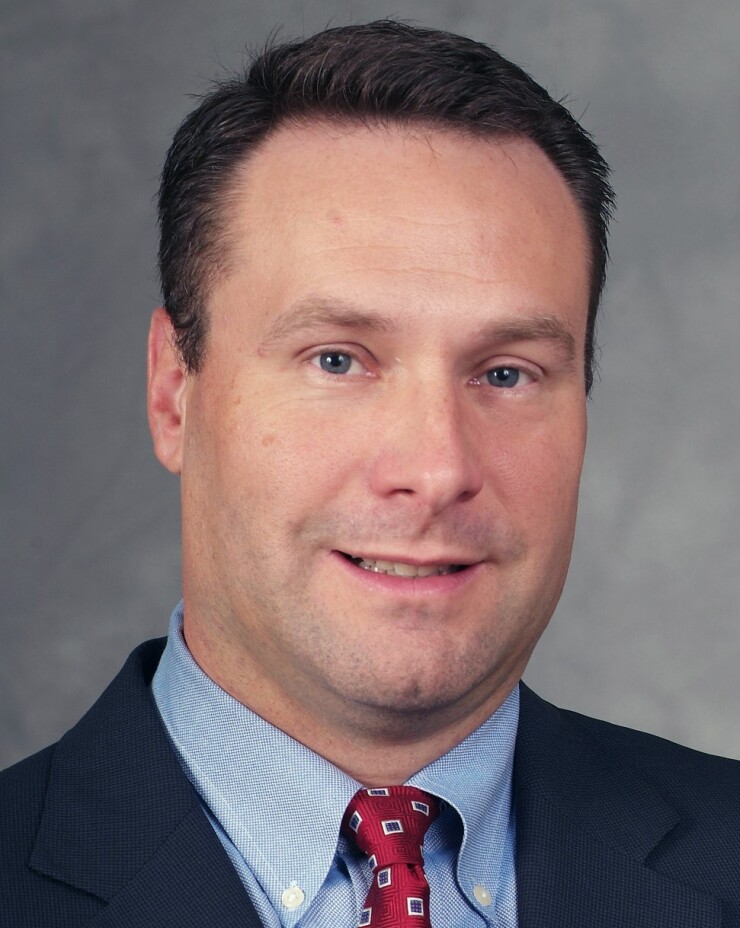Consumer advocates question insurers' use of wildfire risk models

The models and technology that carriers use to evaluate risk have become part of the regulatory debate following several withdrawals from the California insurance market attributed to wildfires.
Carmen Balber, executive director of Consumer Watchdog.
Consumer Watchdog
Carriers have been lobbying the California Department of Insurance (CDI) for the right to increase premiums at the same time that they have been citing climate change as a reason for dropping coverage, according to Carmen Balber, executive director of Los Angeles-based consumer advocacy non-profit Consumer Watchdog. California consumer protection laws (Cal. Code Regs. tit. 10 § 2644.5) prohibits using catastrophe models to determine wildfire risk and set rates, because these are “black box” models that are not transparent to CDI and the public.
A public catastrophe model could work, Balber said, as she told CDI in a July workshop hearing.
“If we were to create a public model in California, where the state hired academics and computer scientists, climatologists and the like to build our own model that was fully transparent, then that would be a tool that insurers could use to gauge climate risk in California,” she said.
As it stands, the opaque nature of risk and catastrophe models, and the thresholds used in them, no matter what technology is used, makes it difficult for regulators to figure out how technology should be used and what the standards should be for deciding what risks should be covered.
 Birny Birnbaum, director of the Center for Economic Justice.
Birny Birnbaum, director of the Center for Economic Justice.
“Every consumer-facing AI application that an insurance company uses has the potential to exclude a consumer from coverage, prevent them from seeing the products that might suit them, prevent them from being able to afford the products, engage in unfair claims settlement practices and unfair anti-fraud practices,” said Birny Birnbaum, director of the Center for Economic Justice. “Asking an insurance company to rank the risk of their AI application is an abdication of the regulatory responsibility to tell insurers, these are all important. And they all need to be tested.”
Catastrophe models may not even be an appropriate way to determine risks, according to Douglas Heller, director of insurance at the Consumer Federation of America, a consumer research, advocacy and education organization. Property insurance catastrophe models being used to assess changing risk are drawn from climate risk models, and these climate risk models can be “woefully inadequate,” said Heller.
 Douglas Heller, director of insurance at the Consumer Federation of America.
Douglas Heller, director of insurance at the Consumer Federation of America.
Consumer Federation of America
“For property insurance, using climate models that are often called catastrophe models to assess changing risk due to climate change, puts aside the potential problem that climate risk models are woefully inadequate,” he said. “They continue to get better, but there’s a lot going wrong,” he added. “It doesn’t mean that you shouldn’t be looking at the data and trying to interpret it for a changing world. But we’re not really there yet. If we start really heavily leaning into relying on them, then we may well be getting things very wrong. The evidence is that we are getting things wrong with these models.”
These climate and catastrophe models, not just in California but also in other states such as Florida and Colorado, are being integrated into carriers’ operations “in a way that is very much the black box, ‘we’ll give you a summary, but that’s it’ approach to regulators,” Heller added.
Regulating the use of risk model technology for home insurance is not as simple as just banning the use of AI, according to John Keddy, senior principal at Datos Insights. “For P&C models, to say no AI can be used in the model, I just don’t know how you do that,” he said. “The regulators at some point will do something. However, one thing I would suggest is regulators tend to move at different paces, and the technology is moving.”

John Keddy, senior principal at Datos Insights.
Although insurance is generally regulated at the state level, Keddy said federal legislation in response to the carriers dropping markets is possible in the future.
Regulators should not necessarily have to understand everything about risk data or risk technology, Keddy added. “Regulators don’t have to be data scientists or crawl through risk weights,” he said. “They just need an explanation that humans can understand and then they can evaluate. If the world moves there, we can end up in a rational place. If regulators think that they have to get into the bowels of this, like any other technology, it will just be really, really difficult for everyone.”
In September, Roy Wright, the president of the Insurance Institute for Business and Home Safety (IBHS), testified to Congress that mitigating wildfires will require policymakers to take action on strategic, comprehensive wildfire resilience solutions.

Dan Dick, executive managing director and global head of property analytics at Aon.
Wildfire damage and coverage, like flood coverage, is a “community issue,” which means the risk of loss can only be mitigated so much by measures a homeowner can take, said Dan Dick, executive managing director and global head of property analytics at Aon, the consulting firm that offers risk mitigation products.
This is unlike hailstorm damage to roofs, he explained, because in preparing for storms, the homeowner can be very effective in mitigating risk by using impact resistant roofing rather than standard shingles. While an individual homeowner can mitigate fire risk to some extent by keeping property clear of debris and keeping vegetation well maintained, the chance of wildfires depends on the condition of the overall area and other factors.
Insurers, therefore, need latitude to think about wildfire risk on that “community” basis, according to Dick. “To better understand the fuels and the mitigation, or the fire risk itself to individual properties, is going to provide much more insight and information to insurance companies,” he said. “It’s going to start working its way into their decision making. It’s up to the CDI to work with these insurers to understand how they leverage that information and how they appropriately rate that information. The CDI has done some of that already with the scores being used for risk assessment purposes and risk determination, but it hasn’t made its way into pricing yet.”
In California, CDI requires carriers’ “forward-looking” pricing to be based on past risk experience, which can be inadequate for determining future risk, especially with wildfires.
“That makes it very difficult for new [carriers] to come in and utilize this technology because they have no experience,” said Aon’s Dick. “So all they can do is look at other carriers that have had experience and try to duplicate or replicate their rates while those companies are actually moving away from the rest because they don’t feel they’re rate adequate.”
But consumer advocates say regulators like the CDI should be doing more to protect homeowners.
The risk models that regulators allow insurers to use have only led to more exclusion of coverage, according to Birnbaum. “It hasn’t led to more and more availability or affordability. It simply led to insurance companies excluding more and more coverage and shifting more and more risk onto consumers with the hope that they’ll have a policy, but what’s missing is whether that policy actually provides meaningful protection or not,” he said. “The fact that somebody has an insurance policy is good, but if the policy doesn’t provide the benefits that are needed in the event of a catastrophe, what have you purchased?”





